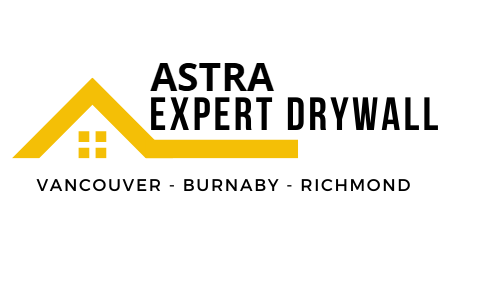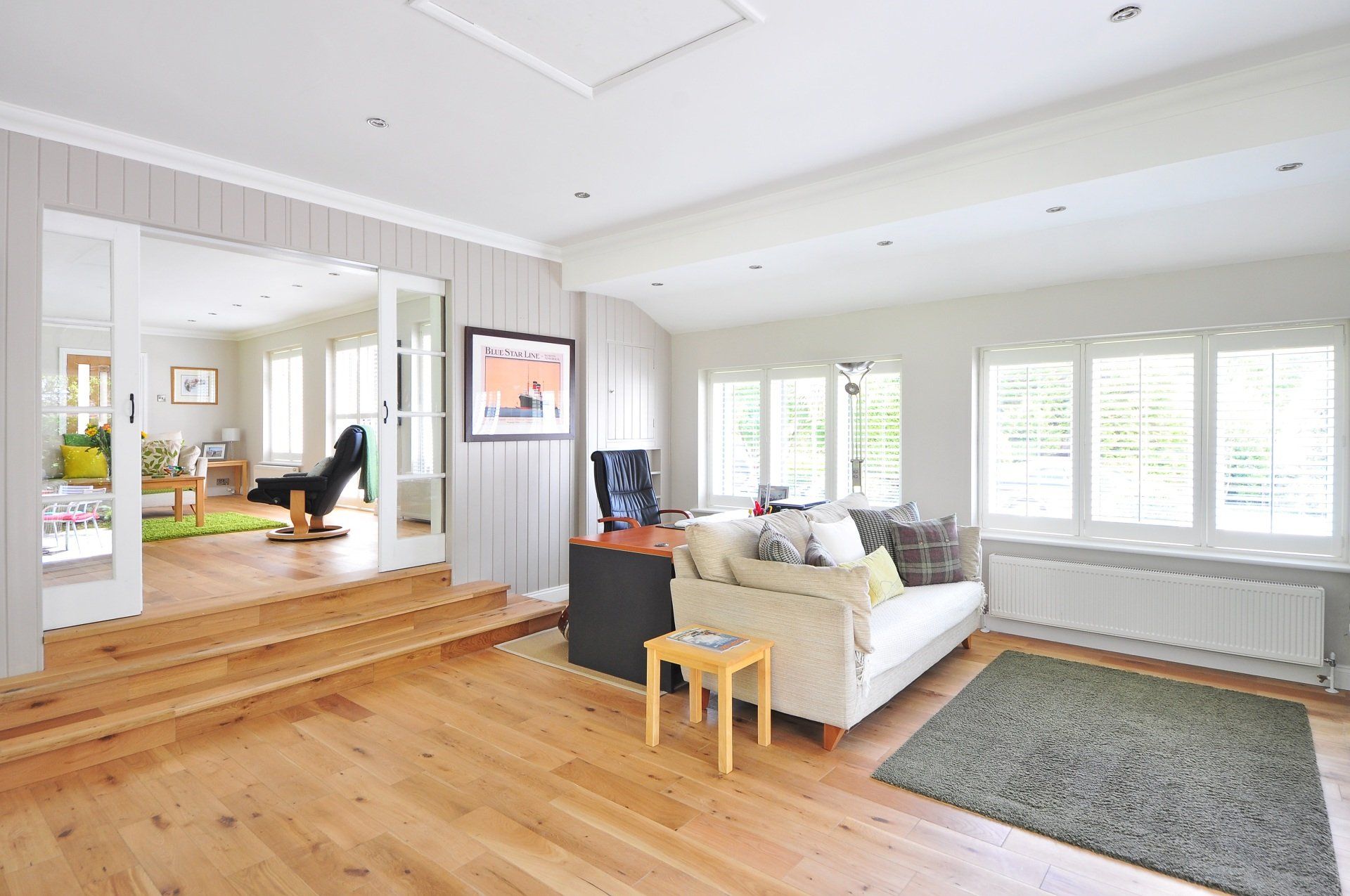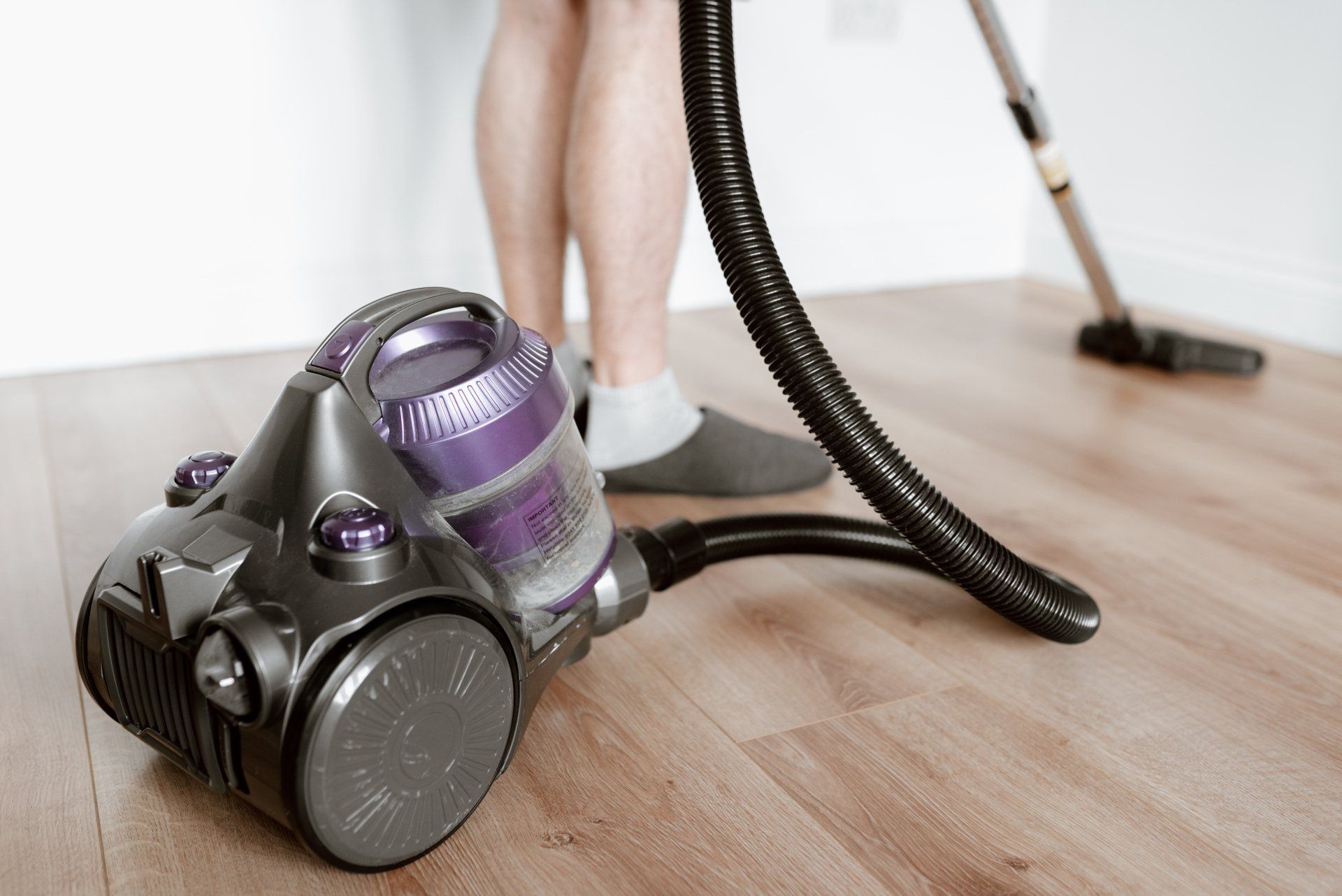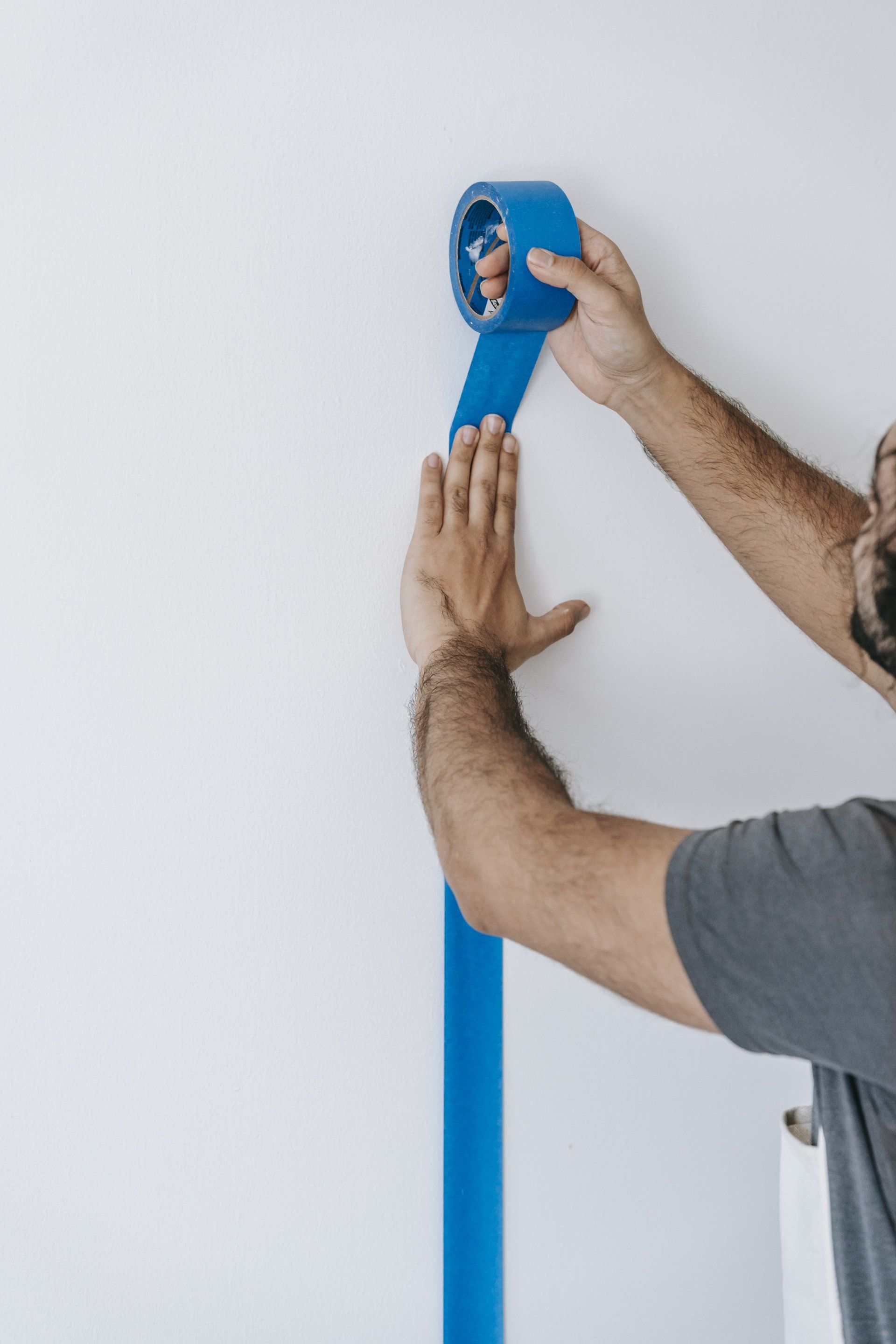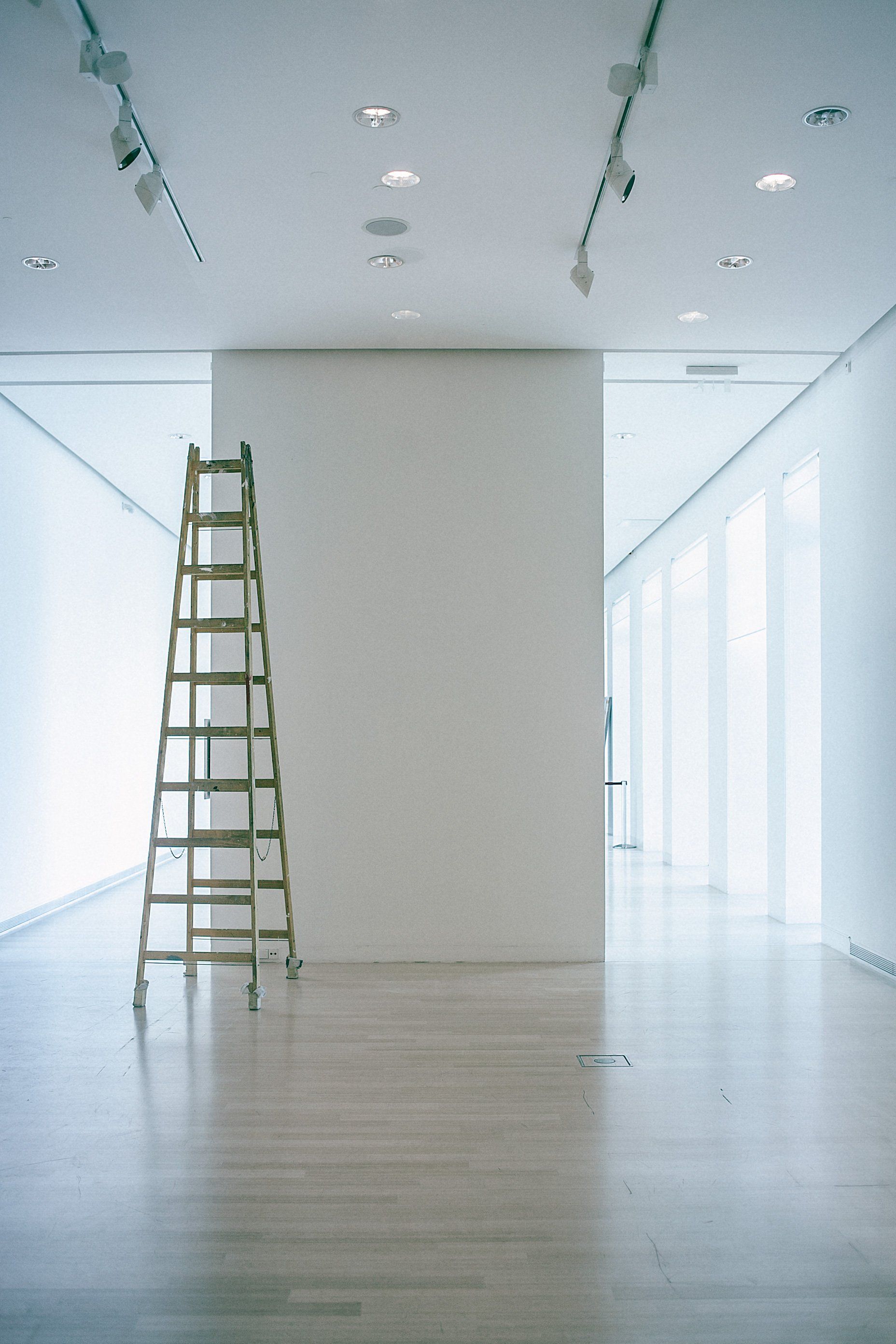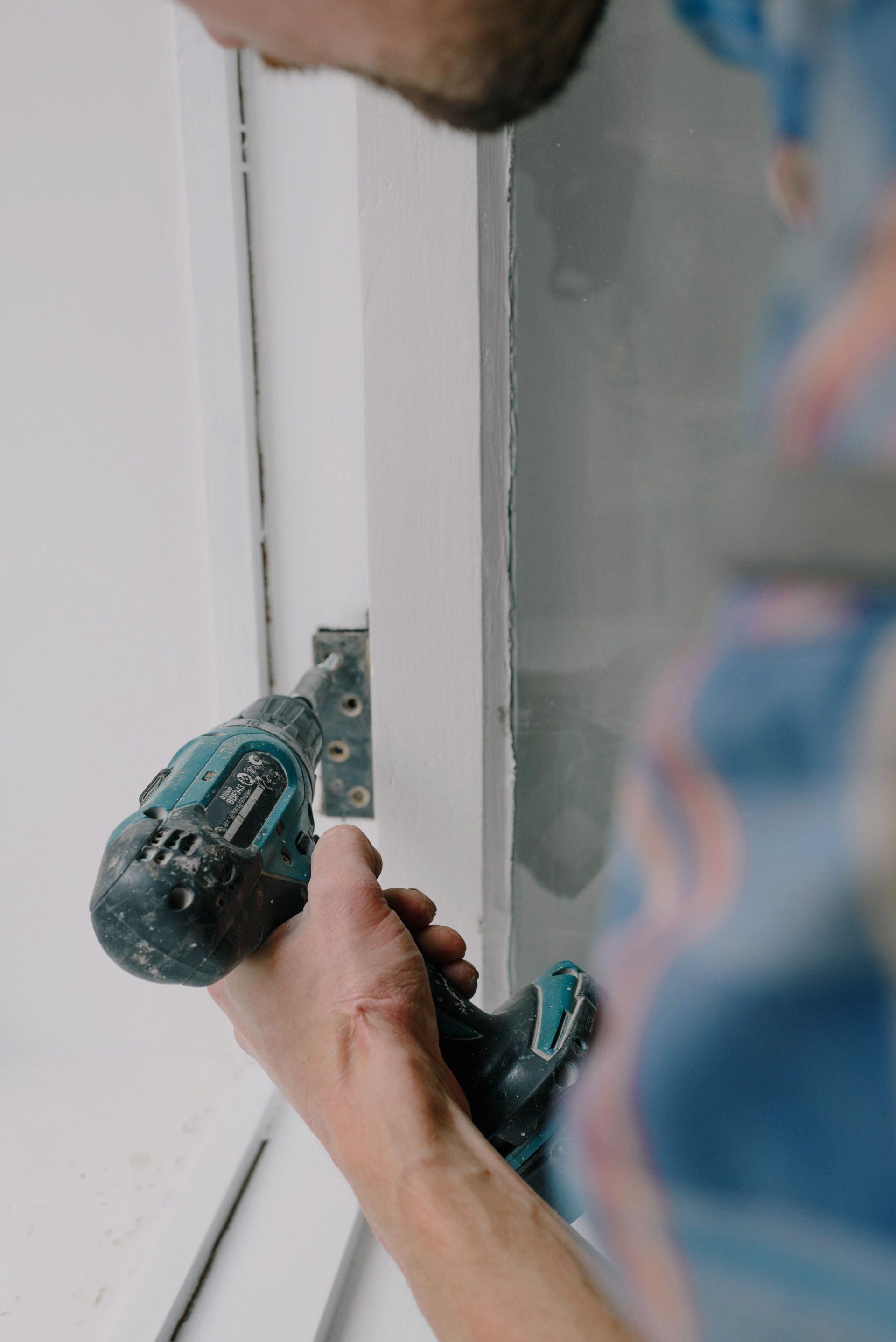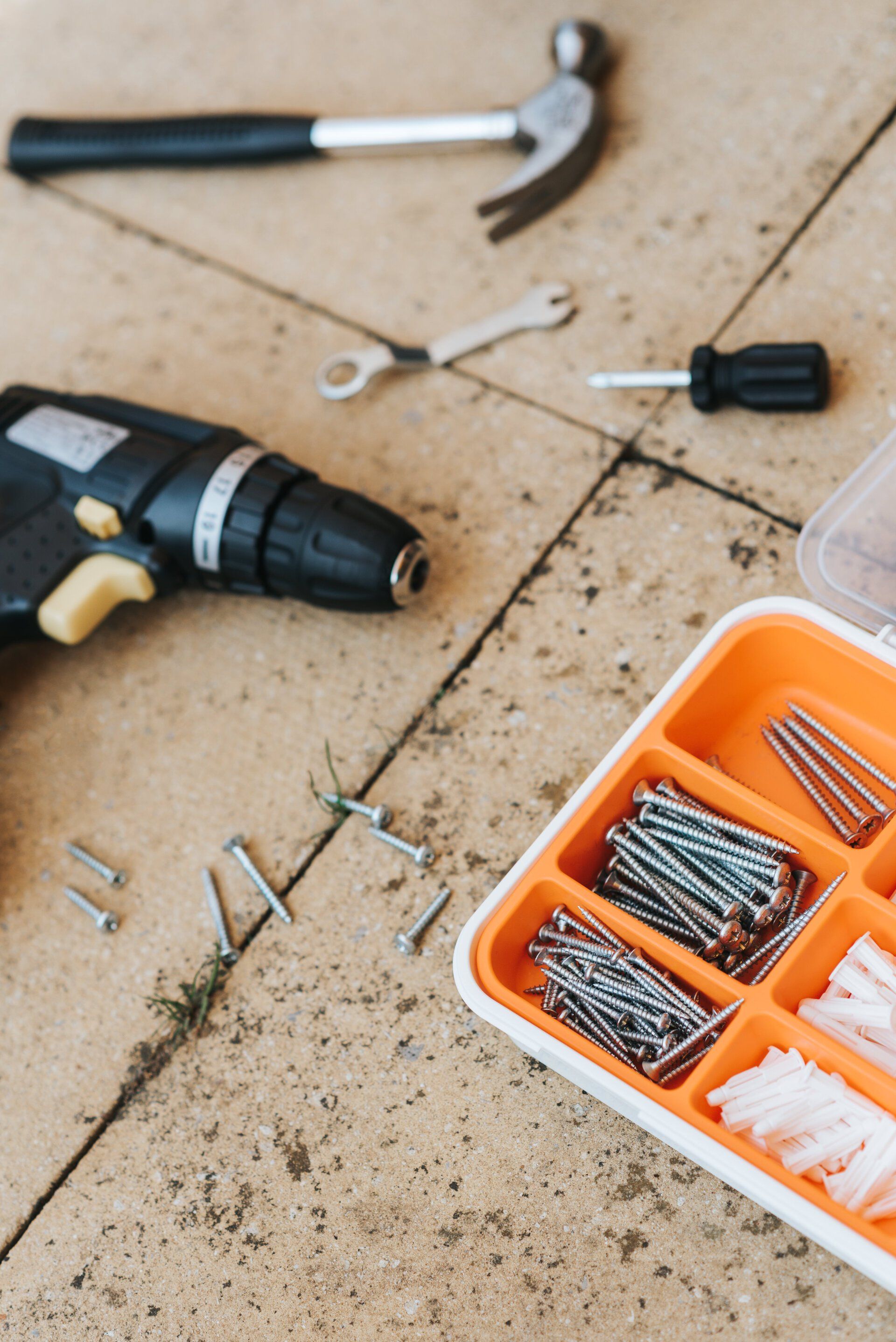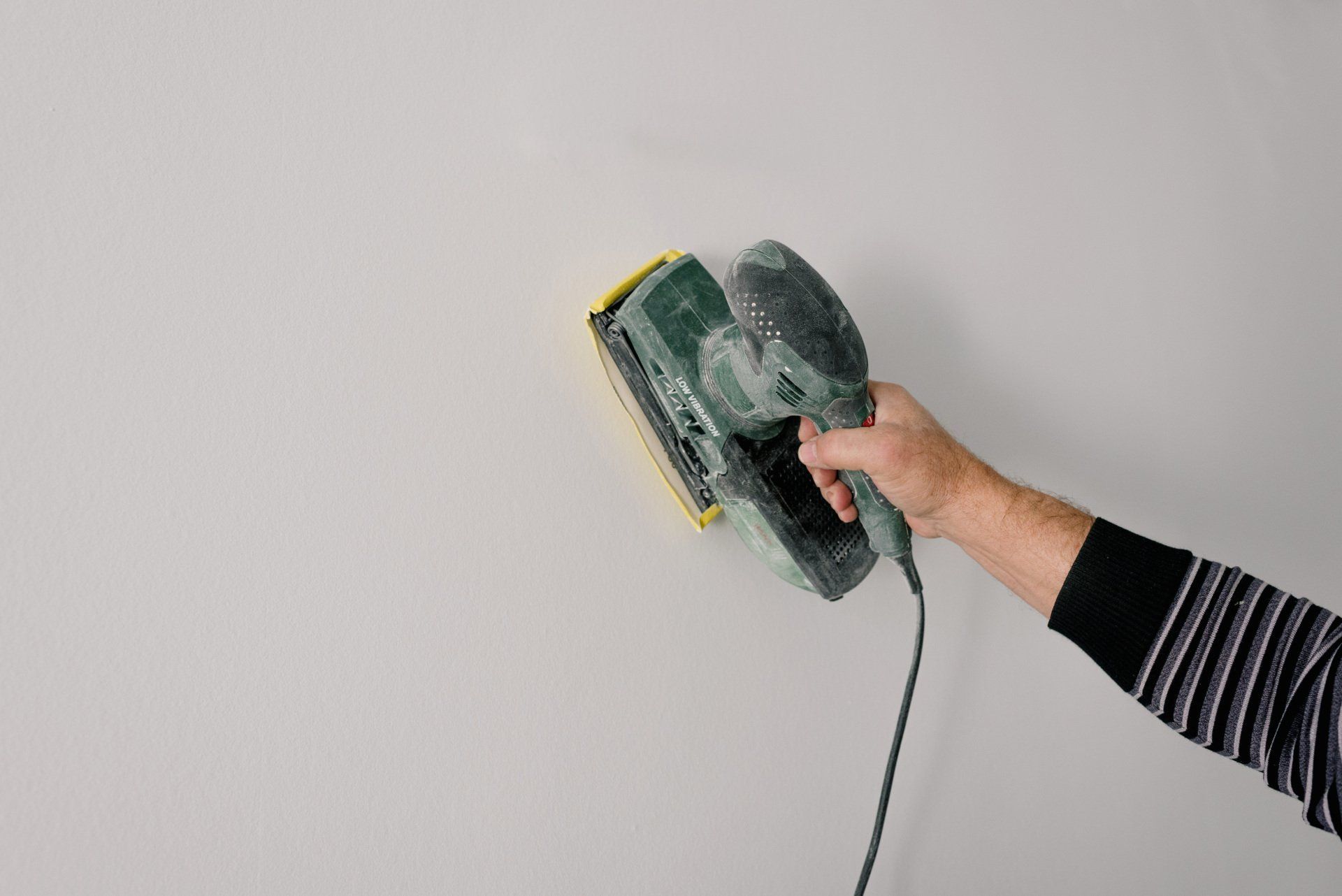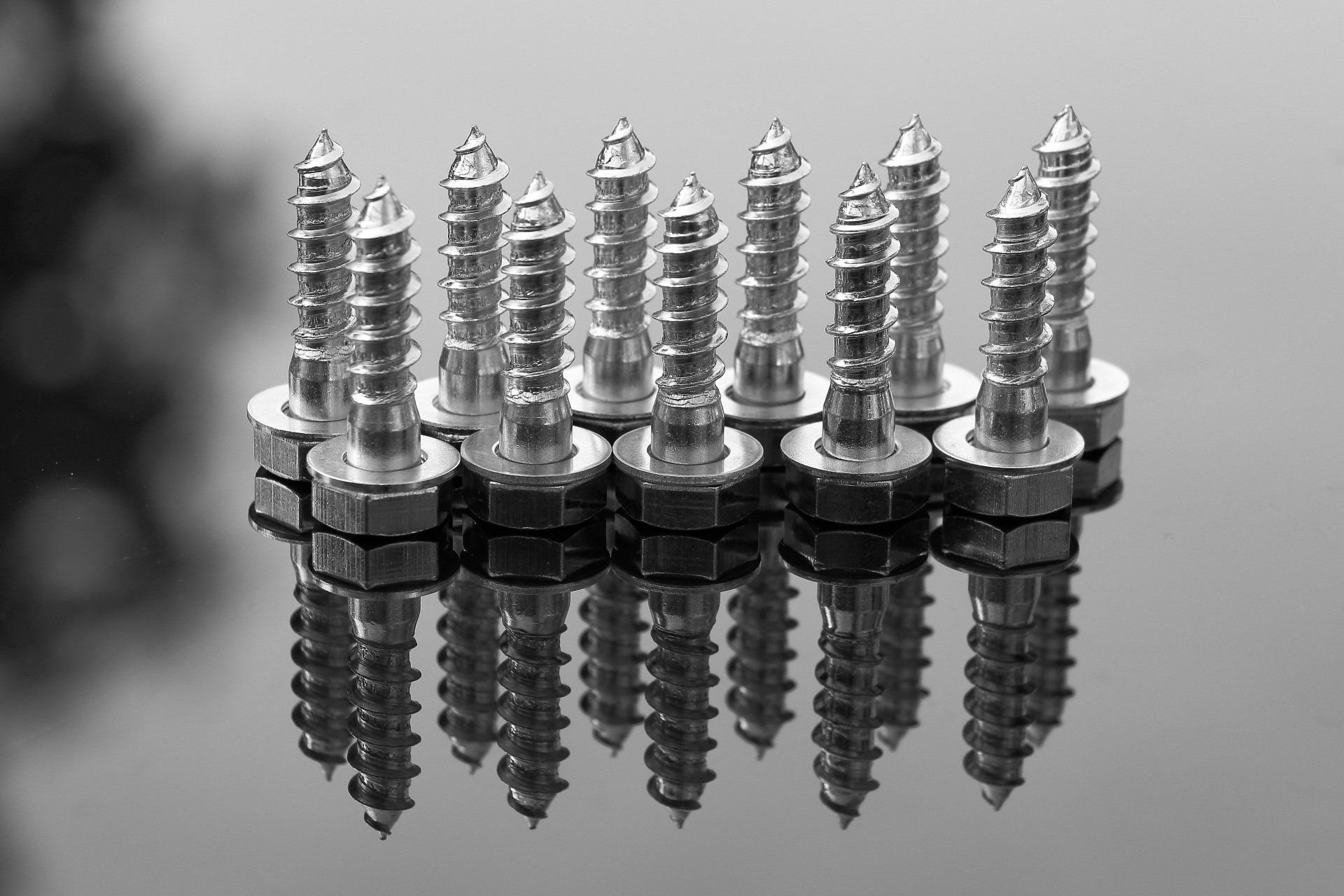DIY Drywall: Patching Different Holes
DIY Drywall: Patching Different Holes
There are many situations where holes can appear in your wall, and this post will address fixing holes in various ways and methods to repair the holes.
Perhaps you have patches or holes in the home you purchased? Maybe you've taken out some decorative elements like curtains, paintings or shelves? It is possible to be like us and turn an easy task like removing an item of trim into an entire demolition.
However, regardless of how the missing drywall came to be, you'll need to determine the most effective method of fixing the holes! Here are some holes you could find:
DIY Drywall: Coin-Sized Holes
The holes that are made of wood are usually bigger than your typical screw or nail, and we recently had one of our clients who had one on the upper floor of the hallway, which is in the hallway behind the thermostat (it was relocated to a different location). Normally, you'll fill in the smaller holes using the compound for drywall, but when dealing with a bigger holes that are coin-sized, it's a bit more challenging.
The issues we've encountered in the past are that it's difficult for the compound to stick in the holes (it is slipping out as we walk across), and you'll need to cover the hole with multiple coats (taking additional time) or that the initial coating "falls" out of the hole and into the wall (extra work needed to sand it).
Solution: Fill the inside of the hole with caulking and allow it to dry. So that your drywall will be able to stick to you and won't slide away from you.
DIY Drywall: Extruded Holes
They usually occur when you've removed the screw from the wall. It tears out a portion of the wallpaper, which causes holes to expand into the space. You can patch these holes like you normally would; however, because they swell out, the newly patched area will protrude more, and it is difficult to conceal the patch.
Solutions: "Punch" these holes to make them go back into the wall. Utilizing a bigger dowel (or any other solid object) and carefully hammer old holes until they're inserted within the walls. It is possible to drill a larger hole, but you'd need to perform the same thing as above.
DIY Drywall: Larger, Geometric Holes
Our former client's basement was with a hole that was suitable for an Xbox; however, once we removed the console, it was no longer necessary to have the shelf or hole. We began by taking off the trim surround, and after that, we looked at the hole.
The shelf is actually in the laundry room, and there was a great deal of wood that we took away.
You'll need to take measurements of the hole to be filled, then make another piece of drywall that is appropriate for the hole. If your hole is in the midst of a stud, you can just put the new piece of drywall into it. However, if not, then you'll have to join a piece of wood as a backing in order to have something for the new piece to be attached to. (We were able to attach one of the pieces of wood found on the shelves.)
If you're unable to get into the area through the holes (which is probably the situation), you'll need your bit of timber to appear smaller in comparison to the holes. This way, you'll be able to put your fingers on it to secure it when you put it on the wall.
After that, you'll patch the seams and screws. (You could use the drywall tape if you wish, but when the seams aren't too large, then we'd rather cover it with the compound).
It's best for you to make your cut a little smaller than too large! Make sure to make sure that your drywall pieces have the same thickness.
Ready to work with Astra Expert Drywall Vancouver?
Let's connect! We’re here to help.
Send us a message and we’ll be in touch.
Or give us a call today at 778-402-1136
More Tips, Tricks & Tools

